Transaction Fees: What They Are and Why They Matter
When working with transaction fees, the small amount of crypto you pay to move assets or execute a trade on a blockchain. Also known as network fees, they cover the cost of processing your transaction and keep the network secure. Cryptocurrency exchanges, platforms where users swap tokens, often add an extra layer of fees on top of the on‑chain cost to cover listing, liquidity and operational expenses. Understanding these fees helps you compare platforms, time your trades, and avoid nasty surprises when a transaction stalls or spikes in price.
Key Factors Driving Transaction Fees
One major driver is the gas fee, the payment to miners or validators for executing code on a blockchain. Gas fees fluctuate with network congestion; a busy day on Ethereum can push a simple token transfer from a few dollars to over $50. Another factor is the liquidity provider fee, the percentage taken from each swap in an automated market maker (AMM) pool. Most AMMs charge 0.3% of the trade volume, which goes directly to the pool’s liquidity providers. This fee compensates them for the risk of impermanent loss – the potential value drop when the price of pooled assets diverges. In practice, higher LP fees can offset larger impermanent loss, making fee‑rich pools attractive for yield farmers.
Finally, the fee structure of a cryptocurrency exchange determines the total cost you face when moving assets in and out of the platform. Centralized exchanges often bundle a flat maker/taker fee with the underlying blockchain gas, while decentralized exchanges pass the raw gas cost plus the AMM fee straight to the user. Knowing the breakdown lets you calculate the true cost of a trade, compare alternatives, and decide whether a lower‑fee DEX or a higher‑liquidity CEX fits your strategy better.
Below you’ll find a hand‑picked set of guides that unpack these concepts in depth – from how Wrapped Harmony (WONE) handles fees on its cross‑chain bridge to real‑world reviews of Uniswap v2, Switcheo Network, and MachineX. Whether you’re a casual trader wanting to save a few dollars per swap or a DeFi farmer chasing optimal yields, the articles ahead give you the tools to evaluate fee structures and make smarter moves.

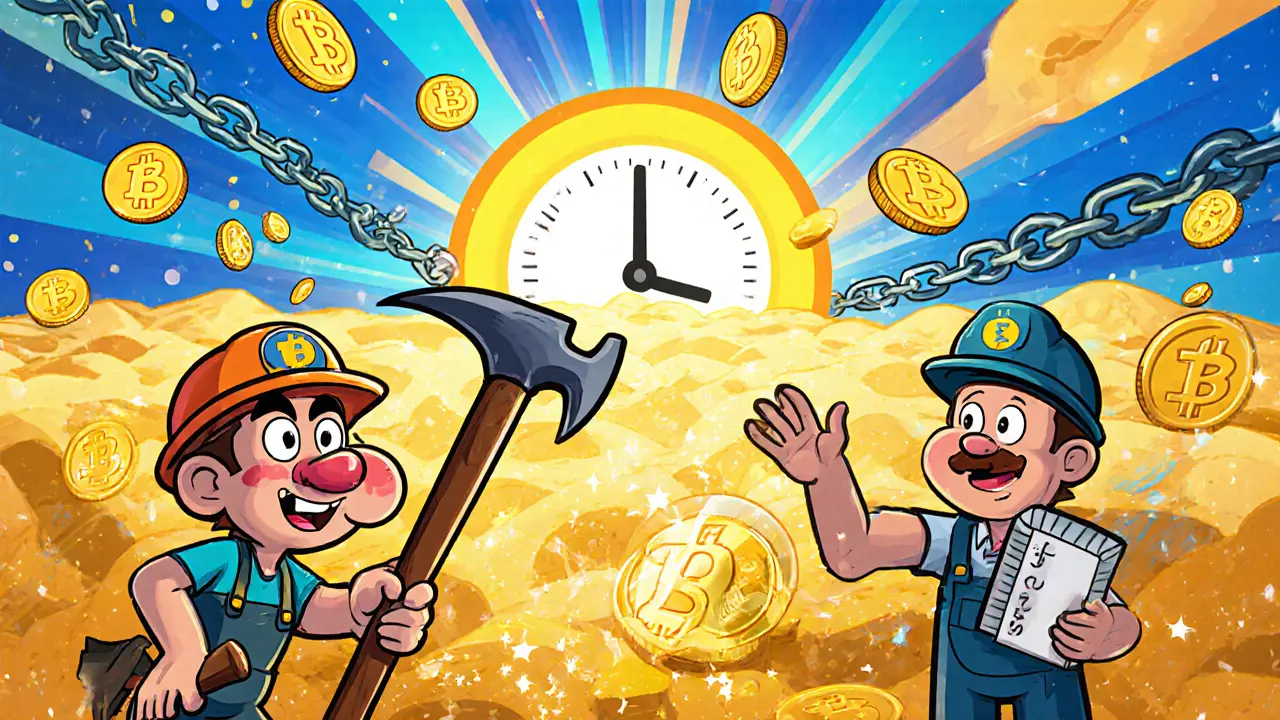
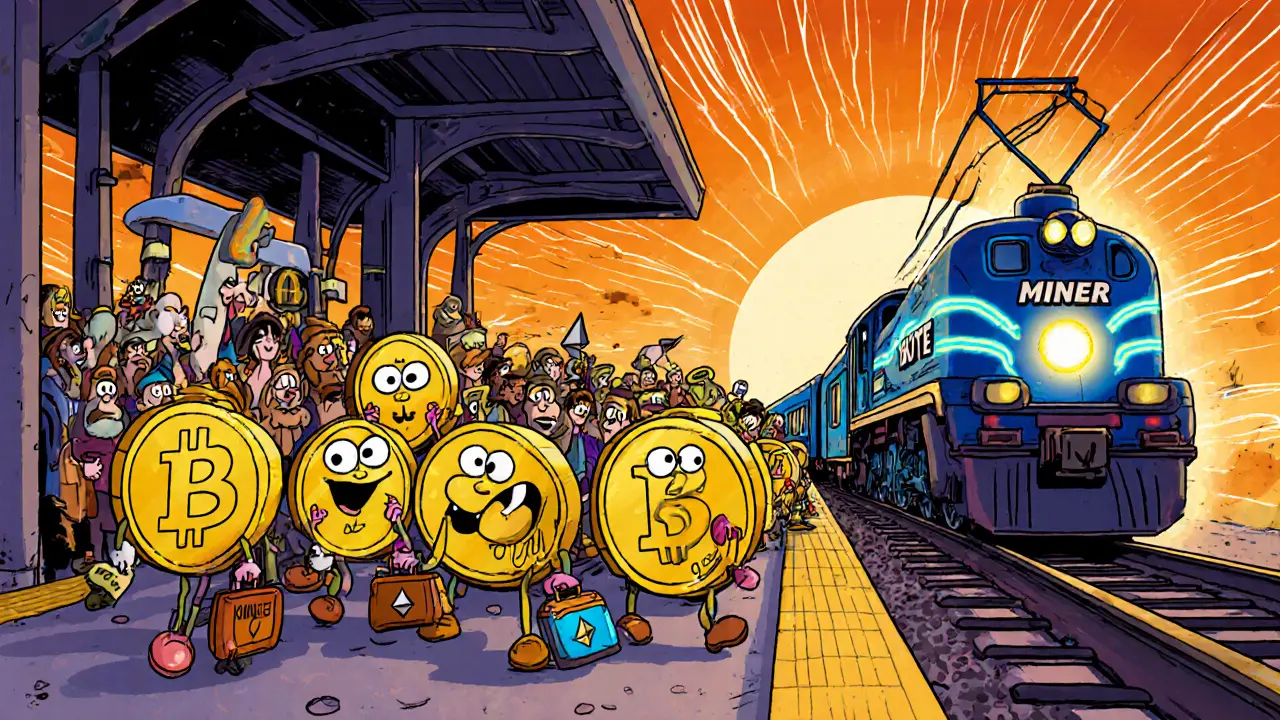

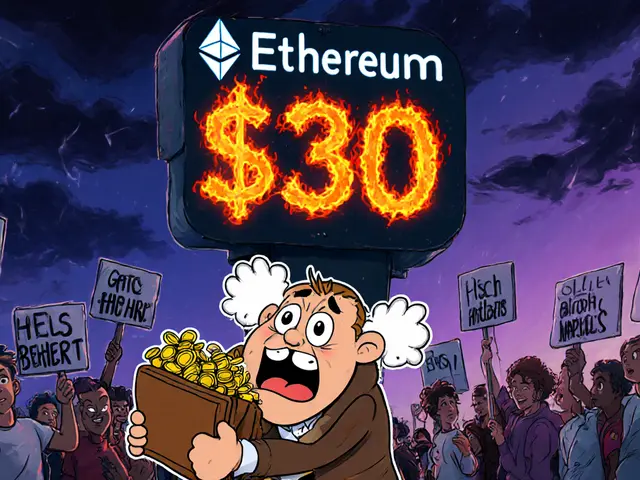

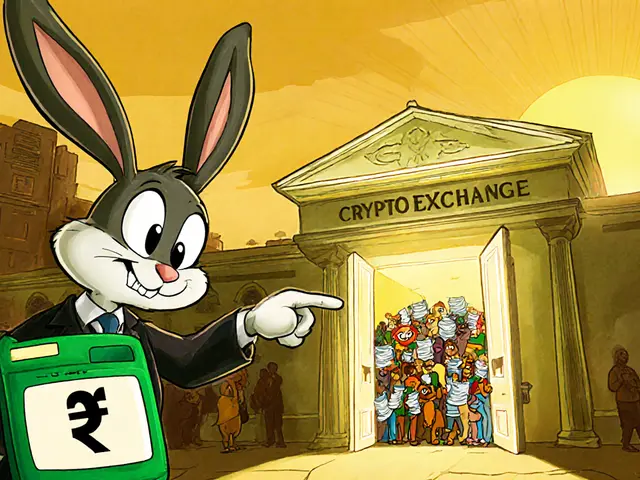
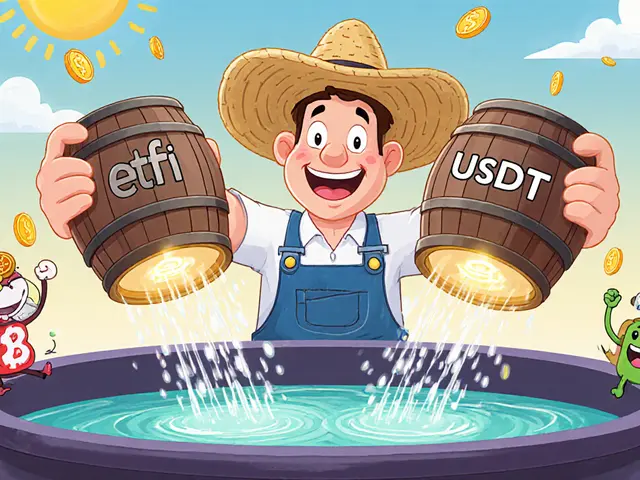
Categories